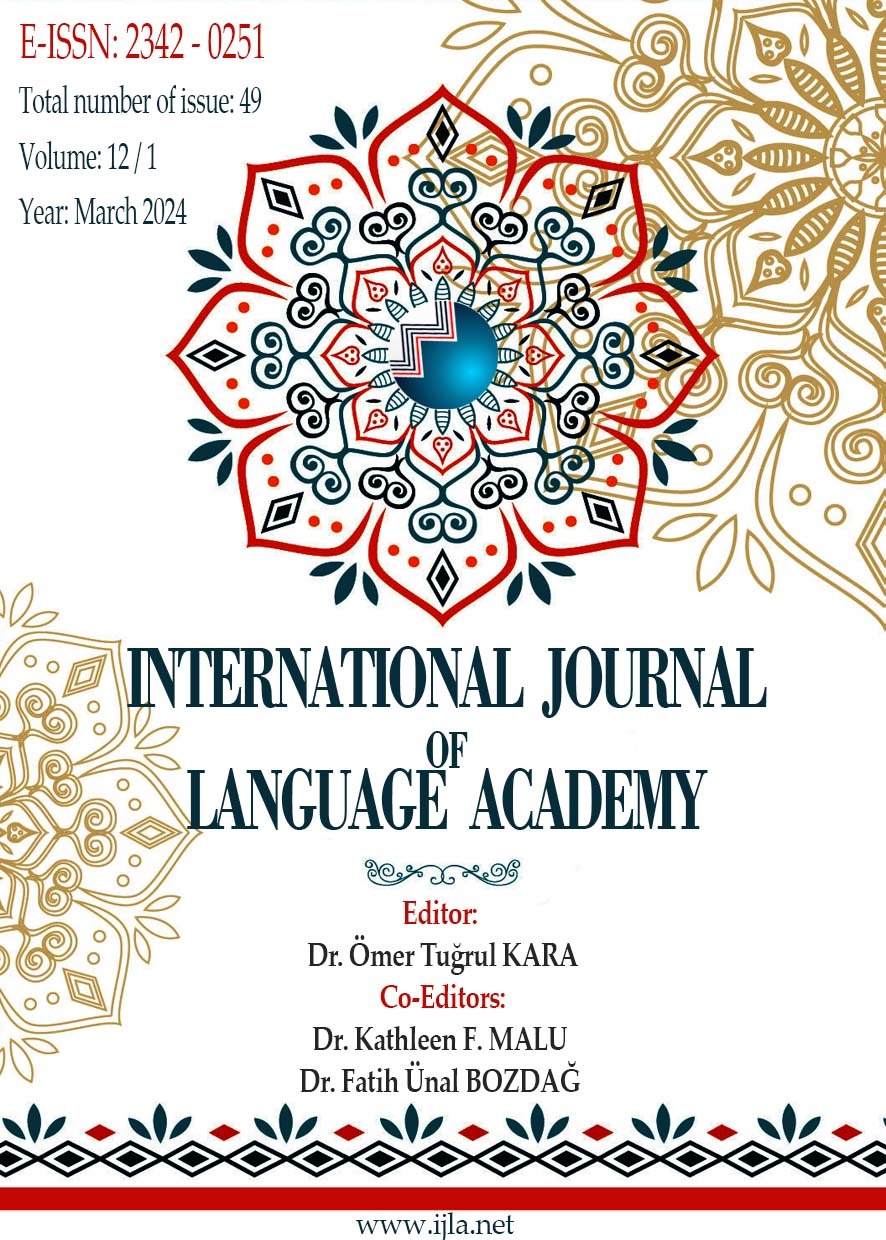Author :
Abstract
Keywords
Abstract
The aim of the research is to investigate why and how Slovenes decide to learn Turkish in Slovenia; to reveal their views towards Turkish. The research that is designed by using the qualitative research method was carried out on 17 Slovenian participants learning Turkish at the University of Ljubljana and the University of Maribor. A questionnaire consisting of two parts was prepared to collect the necessary data for the research. In the first part of the questionnaire, the participants were asked to give information about their age, educational background, profession, and the languages they know. In the second part, six open-ended survey questions were included. In this way, it is aimed to understand why and how the participants decided to learn Turkish. In addition, their views on Turkish were investigated. According to the survey results, which were analyzed by the content analysis method, one of the qualitative analysis methods, the participants who learn Turkish in Slovenia were mostly influenced by the TV series broadcast in Slovenia, they decided to learn Turkish by seeing that Turkish is among the courses offered at the university, they like to learn new languages, and because of the field they studied at the university. When asked to compare Turkish with other languages they know, many of the participants described it as different from other languages, followed by the fact that Turkish is difficult from other languages. In addition, many participants drew attention to the similarity of Turkish with the Balkan languages in terms of vocabulary. While "speaking" is the learning area that the participants learning Turkish in Slovenia have the most difficulty, watching Turkish TV series, listening to Turkish music, traveling to Türkiye, and using online language applications are among the activities that the participants do outside the classroom to improve their Turkish.





